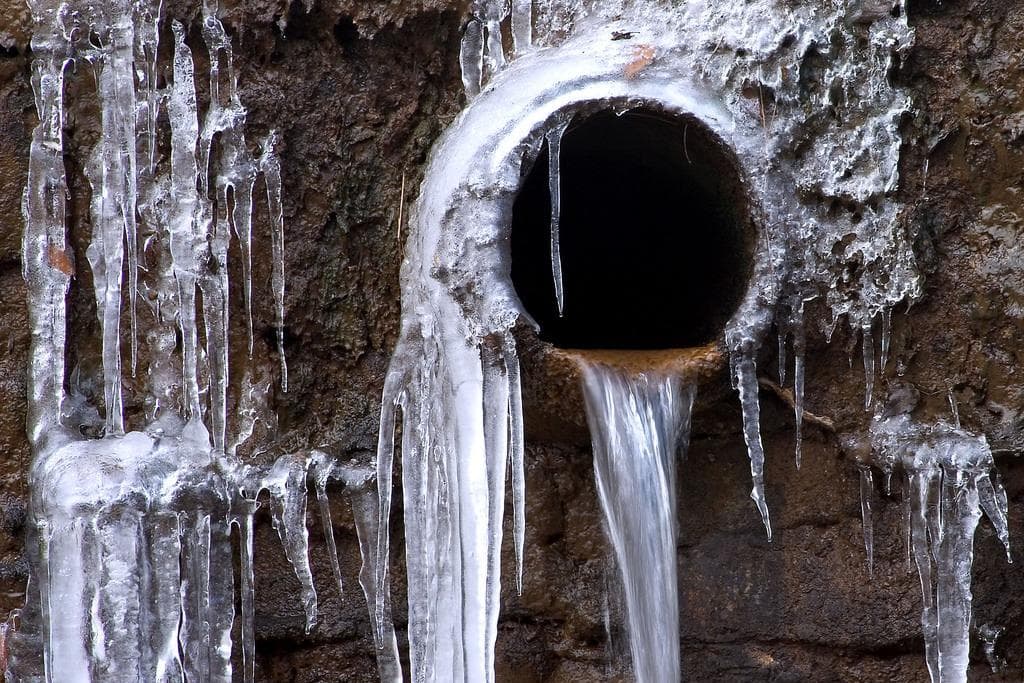Just how do you actually feel with regards to 6 Ways to Prevent Frozen Pipes?

Cold weather can ruin your plumbing, specifically by freezing pipes. Here's how to prevent it from occurring and what to do if it does.
Intro
As temperatures decrease, the risk of icy pipelines boosts, potentially resulting in costly repairs and water damages. Recognizing just how to prevent icy pipes is essential for homeowners in chilly climates.
Recognizing Icy Pipelines
What triggers pipelines to freeze?
Pipelines freeze when revealed to temperature levels listed below 32 ° F (0 ° C) for expanded periods. As water inside the pipelines freezes, it expands, taxing the pipeline wall surfaces and potentially causing them to break.
Risks and problems
Frozen pipes can lead to water system interruptions, residential property damage, and expensive repair services. Burst pipes can flood homes and create comprehensive structural damages.
Signs of Frozen Water Lines
Identifying frozen pipelines early can avoid them from breaking.
Exactly how to determine frozen pipes
Seek decreased water circulation from faucets, unusual smells or sounds from pipes, and noticeable frost on subjected pipes.
Prevention Tips
Insulating at risk pipes
Wrap pipes in insulation sleeves or use warm tape to shield them from freezing temperatures. Concentrate on pipes in unheated or outside areas of the home.
Home heating methods
Keep indoor areas adequately heated up, particularly locations with plumbing. Open cabinet doors to enable cozy air to circulate around pipelines under sinks.
Shielding Outdoor Plumbing
Garden hose pipes and outdoor faucets
Disconnect and drain pipes garden pipes prior to winter. Set up frost-proof faucets or cover exterior taps with protected caps.
What to Do If Your Pipelines Freeze
Immediate activities to take
If you suspect icy pipelines, maintain taps open to ease stress as the ice thaws. Utilize a hairdryer or towels soaked in warm water to thaw pipes slowly.
Long-Term Solutions
Architectural adjustments
Think about rerouting pipes away from exterior wall surfaces or unheated locations. Include extra insulation to attics, basements, and crawl spaces.
Updating insulation
Purchase high-quality insulation for pipes, attics, and wall surfaces. Appropriate insulation aids maintain consistent temperature levels and minimizes the danger of frozen pipelines.
Final thought
Protecting against icy pipes requires proactive steps and quick responses. By recognizing the causes, indications, and preventive measures, house owners can safeguard their pipes throughout cold weather.
5 Ways to Prevent Frozen Pipes
Drain Outdoor Faucets and Disconnect Hoses
First, close the shut-off valve that controls the flow of water in the pipe to your outdoor faucet. Then, head outside to disconnect and drain your hose and open the outdoor faucet to allow the water to completely drain out of the line. Turn off the faucet when done. Finally, head back to the shut-off valve and drain the remaining water inside the pipe into a bucket or container. Additionally, if you have a home irrigation system, you should consider hiring an expert to clear the system of water each year.
Insulate Pipes
One of the best and most cost-effective methods for preventing frozen water pipes is to wrap your pipes with insulation. This is especially important for areas in your home that aren’t exposed to heat, such as an attic. We suggest using foam sleeves, which can typically be found at your local hardware store.
Keep Heat Running at 65
Your pipes are located inside your walls, and the temperature there is much colder than the rest of the house. To prevent your pipes from freezing, The Insurance Information Institute suggests that you keep your home heated to at least 65 degrees, even when traveling. You may want to invest in smart devices that can keep an eye on the temperature in your home while you’re away.
Leave Water Dripping
Moving water — even a small trickle — can prevent ice from forming inside your pipes. When freezing temps are imminent, start a drip of water from all faucets that serve exposed pipes. Leaving a few faucets running will also help relieve pressure inside the pipes and help prevent a rupture if the water inside freezes.
Open Cupboard Doors
Warm your kitchen and bathroom pipes by opening cupboards and vanities. You should also leave your interior doors ajar to help warm air circulate evenly throughout your home.
:strip_icc()/snow-outdoor-faucet-pipes-4af65d1e5e904fb1aa7bf74071fe5d89.jpg)
I came across that blog posting about Helpful Tips to Prevent Frozen Pipes this Winter while doing a lookup on the search engines. Sharing is caring. Helping others is fun. We thank you for reading our article about Winter Plumbing Precautions: Preventing Frozen Pipes.
Click Here